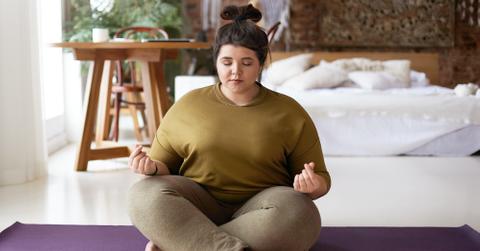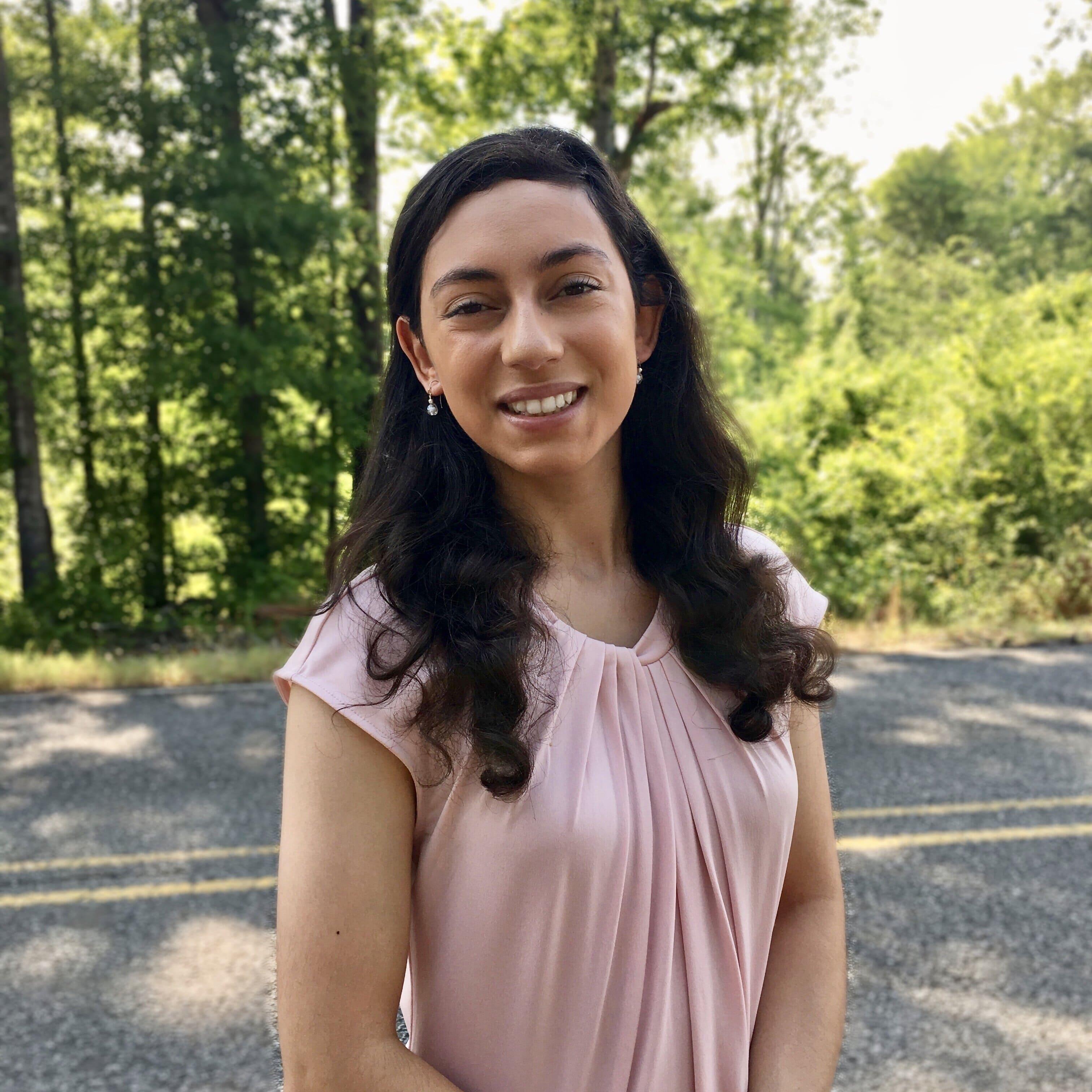4 Ways To Get Started On Meditation With A Busy Schedule

Adobe Stock
Most of us have heard that if we meditate, we’ll live healthier lives. It’s true that meditation has proven benefits, but those who have a busy schedule or struggle to be consistent can find that becoming aware of our thoughts sounds too hard after a busy day.
Does this sound like you? Consistency might not be easy, but meditating on a regular basis is possible for anyone. If you’re interested in starting meditation, consider these ways to ease into the practice without overwhelming yourself.
Discover meditations that work for you
Did you know that there are different kinds of meditations? If you search for the word “meditations,” you’ll find that there are several ways to begin the practice. According to the Mayo Clinic, some types of meditations include guided meditation, mantra meditation, transcendental meditation, or tai chi.
Some of these meditations may work for you, and others won’t. Try to set aside some time to explore which ones stick with you. If you’re prone to become easily distracted, then mantra or transcendental meditation could be a fit. These types of meditations involve repeating a phrase that promotes stillness.
There are also ways to meditate that help you become active if staying still isn’t an option. Yoga is considered a meditation and involves stretching the body in relaxing poses while regulating your breath.
Besides yoga and guided meditation, you can meditate and practice mindfulness in other ways. Simply breathing deeply, writing a page in a journal, walking in nature, or engaging in prayer are ways you can become aware of your surroundings and stay centered in the present.

Meditate in short bursts
It’s easy to view meditation as a long 20-minute practice that we don’t have time for. However, meditating can also much shorter.
If you’re starting out, try doing it for three to five minutes at a time. Then, when you feel comfortable, extend to 10 minutes. A 2018 study found that starting with smaller goals instead of bigger ones can help us achieve a habit more easily.
Finding a regular time to meditate works too, such as during lunch when we’re free from work, or in the afternoon when we’re more relaxed. It doesn’t have to be at the same time every day— you can pair meditation with another habit so that you can remember the practice later on. For example, telling yourself “I will meditate for five minutes after eating dinner at home” is one way to make meditation easier to remember.
Find unique places to meditate
Living in noisy places isn’t the best place to meditate, but what about your doctor’s waiting room?
Be creative in the areas you visit to find mindfulness. Using quiet settings at work, such as your desk, or anywhere in public can allow you to focus your attention outside of your thoughts and become mindful of what’s around you.
One way to do this is to sit in a place where you’re not in the way, but you’re around activity or people. Using mindfulness, tune your senses into what’s in front of you, and notice what you see or hear around you.

Use technology to help you focus
Our smartphones make it more accessible than ever to access free meditations. YouTube offers quick guided meditations for free, and there are apps like Headspace you can download that provide meditations as well.
Although some apps might cost a monthly fee, there are other meditations apps that are free— such as Insight Timer or Mind. Other apps can also help you form a routine and send you daily notifications to remind you to meditate.
Some smartwatches also have a built-in app that tracks mindfulness or meditation. Even your Alexa can guide you through mindfulness exercises or set a reminder so that you don’t forget to meditate while you’re at home.






